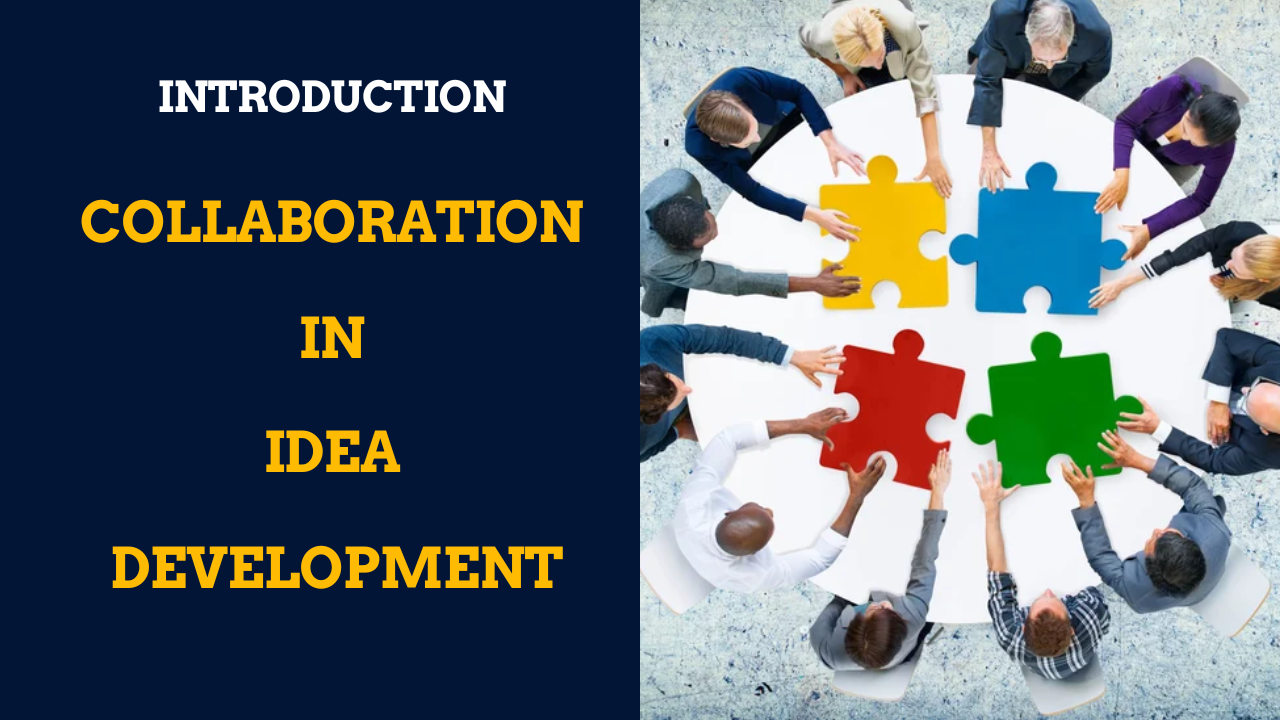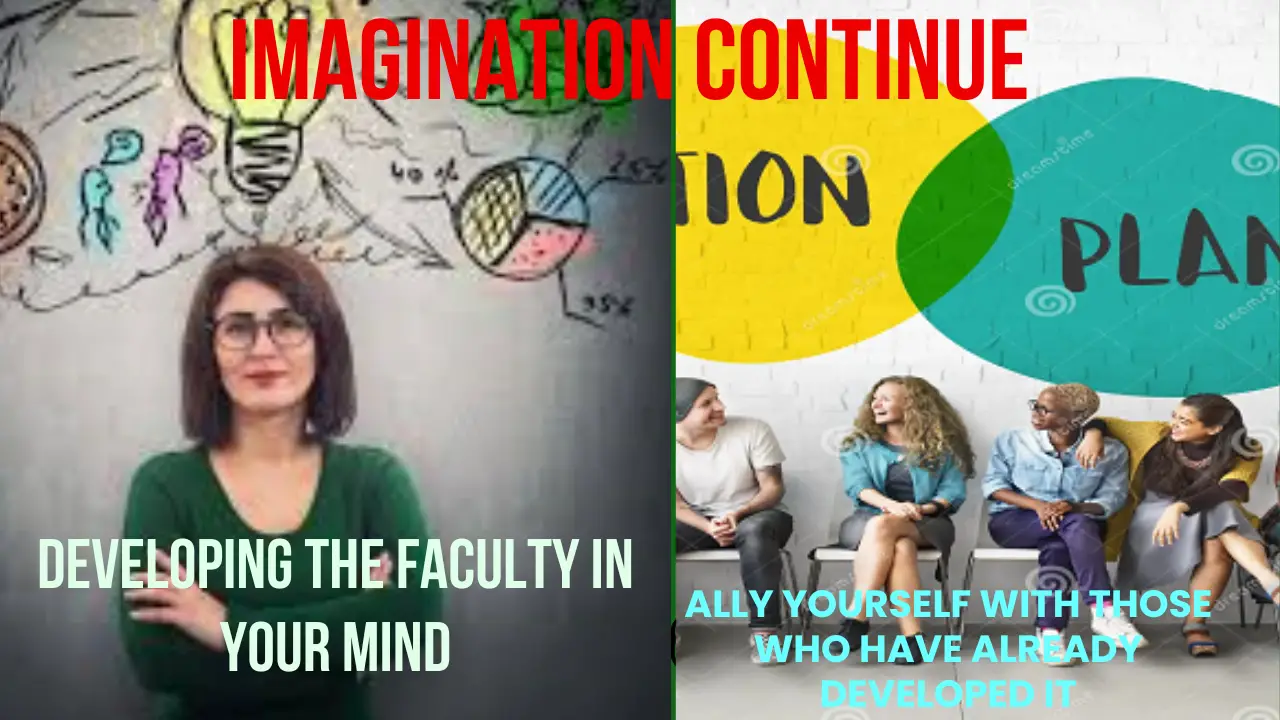Introduction:
(IDEA DEVELOPMENT)
It is very crucial to define collaboration and illustrate its significance in bringing ideas to fruition for readers to understand the core concept and its relevance in the creative process.
Here’s an expanded explanation:
i). Defining collaboration and its significance in bringing ideas to fruition.
Collaboration is a synergistic process where individuals or groups work together, leveraging their diverse skills, knowledge, and resources to achieve common goals or objectives.
(The interaction or cooperation of two or more organizations, substances, or other agents to produce a combined effect greater than the sum of their separate effects.)
This process should involve open communication, shared decision-making, and mutual respect among participants. And it can take various forms, including formal partnerships, informal collaborations, joint ventures, and strategic alliances.
Having given an in-depth definition of what collaboration is all about, let’s look at its significance in bringing ideas to fruition.
Significance in Bringing Ideas to Fruition:
— Access to Diverse Perspectives: Collaboration brings together individuals with different backgrounds, expertise, and viewpoints. This diversity enriches the creative process by introducing fresh perspectives, challenging assumptions, and fostering innovative thinking.
Through collaboration, ideas are examined from multiple angles, leading to more robust and well-rounded solutions.
— Pooling of Resources and Skills: Collaborative partnerships enable participants to pool together their resources, skills, and experiences, amplifying their collective capabilities.
By combining complementary strengths and expertise, collaborators can address complex challenges more effectively and efficiently. This pooling of resources accelerates the development and implementation of ideas.
— Stimulating Creativity and Innovation: Collaboration creates an environment that encourages creativity and innovation. Through brainstorming sessions, idea exchanges, and constructive feedback, collaborators spark inspiration and explore novel approaches to problem-solving.
The synergy generated by collaborative teamwork often results in breakthroughs and out-of-the-box solutions that may not have been achievable individually.
— Enhanced Problem-Solving and Adaptability: Collaboration enhances problem-solving abilities by fostering a collaborative problem-solving mindset.
Collaborators approach challenges with openness, flexibility, and adaptability, leveraging collective insights and experiences to overcome obstacles. This collaborative problem-solving approach enables teams to navigate uncertainties and adapt to changing circumstances more effectively.
— Building Trust and Relationships: Collaboration fosters trust and strengthens interpersonal relationships among participants. Through shared experiences, mutual support, and effective communication, collaborators develop trust and rapport, laying the foundation for long-term partnerships.
Trust and strong relationships are essential for navigating challenges, resolving conflicts, and sustaining collaborative efforts over time.
You need to understand that collaboration is not merely a means to an end but a fundamental driver of creativity, innovation, and success in bringing ideas to fruition.
By harnessing the power of collaboration, individuals and organizations can unlock their full potential, achieve greater outcomes, and make meaningful contributions to their respective fields.
ii). Highlighting the benefits of partnering with others to leverage diverse skills, resources, and perspectives.
Below are the key benefits accrued to individuals who Partner with others to leverage diverse skills, resources, and perspectives:
- Enhanced Creativity and Innovation: Collaboration brings together individuals with varied backgrounds and expertise, sparking creativity and fostering innovation through the exchange of ideas and perspectives.
- Comprehensive Problem-Solving: By tapping into diverse skill sets and knowledge bases, collaborative partnerships can address complex challenges more comprehensively and effectively, leading to more robust solutions.
- Accelerated Progress and Productivity: Pooling resources and sharing workload among collaborators enables faster progress and higher productivity, as tasks can be delegated according to each partner’s strengths and expertise.
- Expanded Networks and Opportunities: Collaborative partnerships provide access to each other’s networks, opening doors to new opportunities, markets, and resources that may not have been accessible otherwise.
- Shared Learning and Growth: Collaborating with others fosters a culture of continuous learning and growth, as partners exchange insights, experiences, and best practices, enriching each other’s knowledge and skills.
You have to be aware that partnering with others facilitates synergy and synergy leads to greater efficiency, effectiveness, and success in achieving shared goals and objectives.
Let’s get to understand the types of collaborative partnerships that abound.
My upcoming book “MONEY MINDSET” will be out soon. So, do not forget to subscribe to the email form below to be informed when the book is out. Also, download my three free offers when you subscribe. Thanks.







